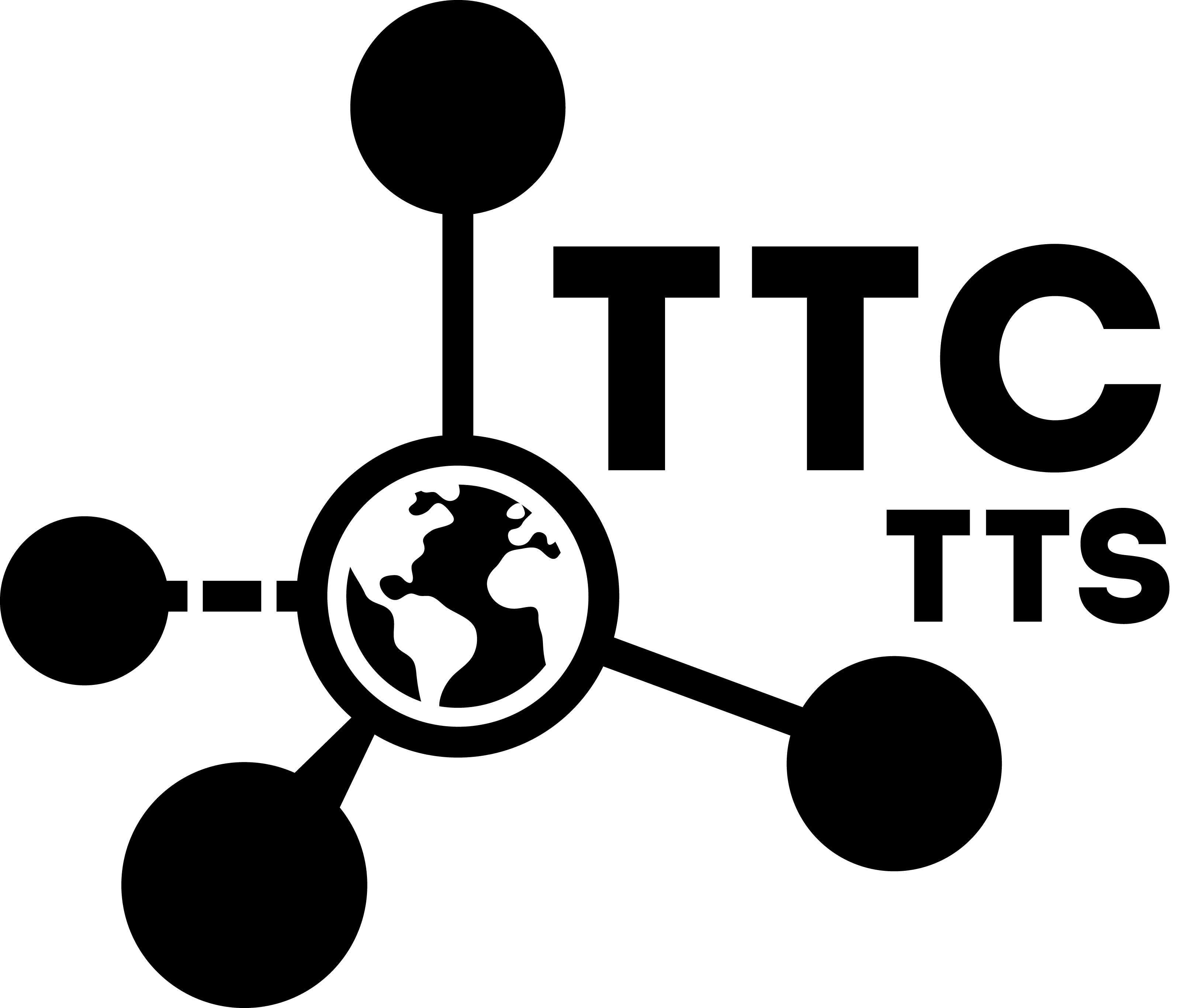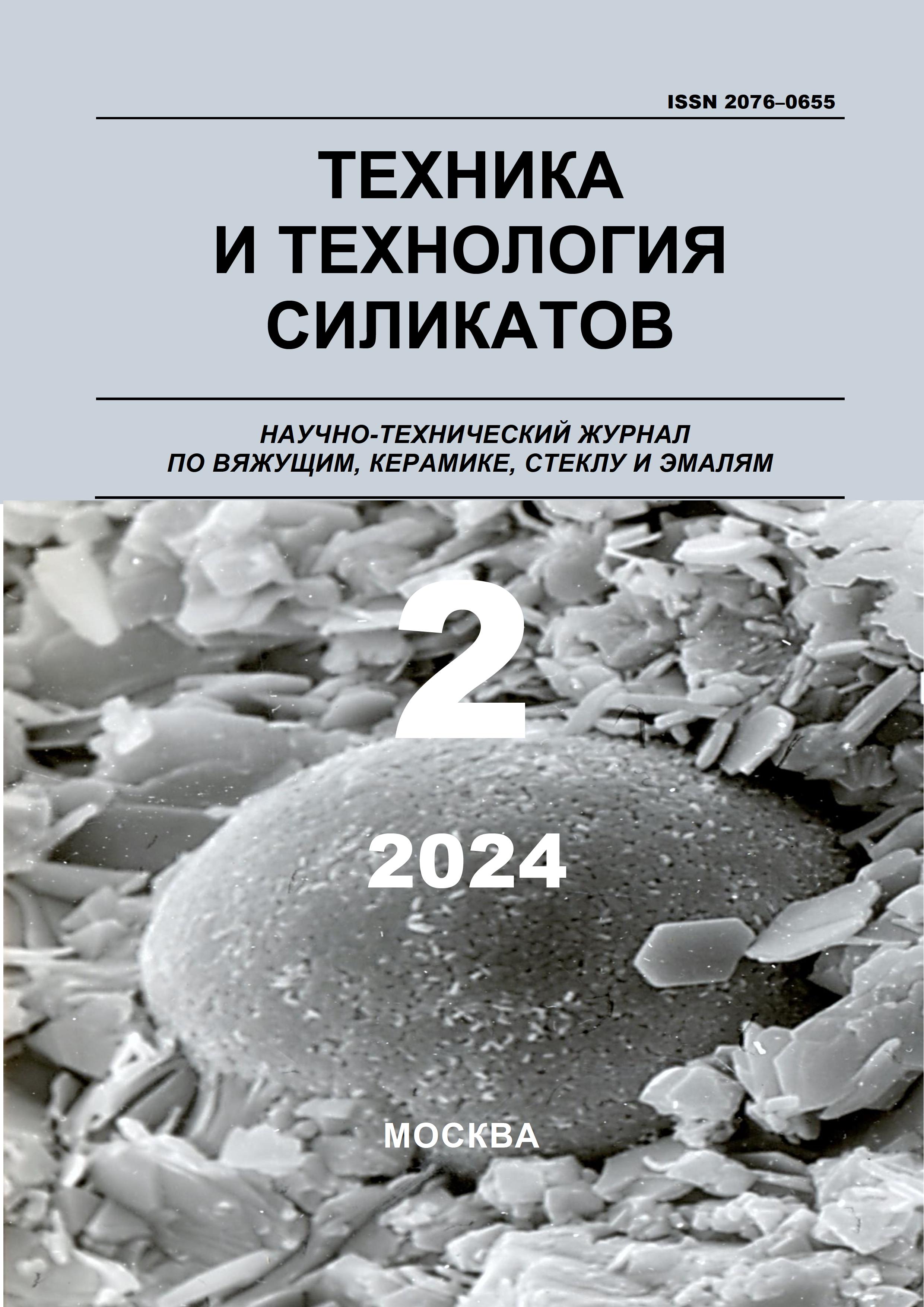graduate student
Moscow, Moscow, Russian Federation
employee
Moscow, Moscow, Russian Federation
employee
Moscow, Moscow, Russian Federation
UDC 666.9-127
CSCSTI 61.59
In the modern construction industry for increasing the thermal resistance of structures and reducing heat losses, casting foams based on reactive oligomers with high performance characteristics are widely used. At the same time, special attention is paid to the use of polyisocyanurate foams (PIR). However, in the scientific and technical literature there are practically no data on the influence of the composition of polyisocyanurate foams on their thermal properties. The purpose of this work is to determine the influence of isocyanate/polyol ratio, modifier content (trichloropropyl phosphate) and apparent density of foams on thermal properties of casting PIRs. The thermal properties of PIRs, when heated in the temperature range of 30-800 ⁰C in nitrogen atmosphere and in air, were investigated using a multimodal thermal analytical complex DuPont-9900 (heating rate 20°C/min). It is revealed that thermo-oxidative decomposition of polyisocyanurate foams is a pronounced, two-stage process, and the destruction of PIR in inert medium (nitrogen) is a one-stage process, which indicates different mechanisms of decomposition of foams in air and nitrogen. As a result of experimental studies, it was revealed that the investigated PIRs are more resistant to thermo-oxidative degradation than to thermal degradation. The thermal properties of the above foams depend on the isocyanate/polyol ratio and TCPP content. The density of polyisocyanurate foams insignificantly affects their thermal stability. At the optimal content of initial components PIRs have higher thermal resistance compared to rigid polyurethane foams (FPU).
polyisocyanurate foam, density, mass loss, thermal and thermooxidative degradation, decomposition rate
1. Berlin A.A., Shutov F.A. Penopolimery na osnove reakcionnosposobnyh oligomerov. – M.: Himiya, 1978. – 296 s.
2. Berlin A.A., Shutov F.A. Himiya i tehnologiya gazonapolnennyh vysokopolimerov. – M.: Himiya, 1980. – 503 s.
3. Chistyakov A.M. Legkie mnogosloynye ograzhdayuschie konstrukcii. – M.: Stroyizdat, 1987. – 144 s.
4. Klempner D. Polimernye peny i tehnologiya ih vspenivaniya: per. s angl., pod red. A. M. Chebotarya. – SPb: Professiya, 2009. – 600 s.
5. Gur'ev V.V., Nikitin V.N., Kofanov V.A. Uchet osobennostey yacheistoy struktury pri analize raschetnoy teploprovodnosti gazonapolnennyh polimernyh materialov // Promyshlennoe i grazhdanskoe str-vo. – 2018. - №9. – s. 98-104. EDN: https://elibrary.ru/YLLDIL
6. Gur'ev V.V., Zhukov A.D., Eremeev V.E., Zholudov V.S., Semenov V.S., Bobrova E.Yu. Teplovaya izolyaciya v promyshlennosti. Teoriya, materialy i sistemy izolyacii. – M.: NIU MGSU, 2021. – 184 s.
7. Kolosova A.S., Pikalov E.S. Sovremennye gazonapolnennye polimernye materialy i izdeliya //International journal of applied and fundamental research. – 2020/ - №10. – s. 54-67.
8. Aralov E.S., Kulickiy B.M., Bugaevskiy D.O. Effektivnost' teploizolyacionnyh materialov, primenyaemyh pri stroitel'stve naruzhnyh ograzhdayuschih konstrukciy // Gradostroitel'stvo. Infrastruktura. Kommunikacii. – 2021. - №4(25). – S. 26-31. EDN: https://elibrary.ru/VWKUDM
9. Serebryakova V.A. Sravnitel'nyy analiz teploizolyacionnyh materialov, ispol'zuemyh v grazhdanskom stroitel'stve // Vysokie tehnologii v stroitel'nom komplekse. – 2019. – № 1. – S. 49–55. EDN: https://elibrary.ru/NLWNDX
10. Fedosov S.V., Malbiev S.A., Kusenkova A.A. i dr. Sostoyanie i perspektivy primeneniya polimernyh teploizolyacionnyh materialov v stroitel'stve // Vestnik Povolzhskogo gosudarstvennogo tehnologicheskogo universiteta. Seriya: Materialy. Konstrukcii. Tehnologii. – 2018. – № 3. – S. 26–43. EDN: https://elibrary.ru/VWPCAE
11. Saprykin G.P., Maksimenko A.T. Perspektivy primeneniya novyh teploizolyacionnyh materialov v sovremennom stroitel'stve // Vestnik SevKavGTI. – 2009. – № 9. – S. 37–39. EDN: https://elibrary.ru/NTSVBH
12. Mestnikov, A. E. Prognozirovanie struktury i svoystv termoreaktivnyh penoplastov s ispol'zovaniem teorii teploustoychivosti // Sovremennye naukoemkie tehnologii. – 2020. – № 11-2. – S. 299-304. DOI: https://doi.org/10.17513/snt.38378; EDN: https://elibrary.ru/AEPICW
13. Kopylov I. A. PUR i PIR - novye dlya Rossii teploizolyacionnye materialy // Stroitel'nye materialy, oborudovanie, tehnologii XXI veka – 2016. – №. 7-8. – S. 16-19. EDN: https://elibrary.ru/XAGBSB
14. Glotova Yu.V. Izdeliya iz penopoliizocianurata v stroitel'nyh sistemah // Byulleten' nauki i praktiki. – 2016. - №4. – s. 82-85. DOI: https://doi.org/10.5281/zenodo.54008; EDN: https://elibrary.ru/VUDCYT
15. Sirenko V.S., Kandyrin L.B., Surikov P.V. Modelirovanie termodestrukcii poliuretanov i epoksidnoy smoly v inertnoy atmosfere // Voprosy atomnoy nauki i tehniki, Seriya: yadernoe priborostroenie. - 2003. - Vypusk 1/20. - S. 1-8.
16. Nesterov S.V., Bakirova I.N., Samuilov Ya.D. Termicheskaya i termookislitel'naya destrukciya poliuretanov: mehanizmy protekaniya, faktory vliyaniya i osnovnye metody povysheniya termicheskoy stabil'nosti. Obzor po materialam otechestvennyh i zarubezhnyh publikaciy // Vestnik Kazanskogo tehnologicheskogo universiteta. - 2011. - №14. - S. 10-23. EDN: https://elibrary.ru/OGJQAJ
17. Zaharyan E.M., Maksimov A.L. Piroliz poliuretanov. Osobennosti processa i sostav produktov reakcii (obzor) // Zhurnal prikladnoy himii. – 2022. – Tom 95. – Vypusk 2. – S. 164-230. DOI: https://doi.org/10.31857/S0044461822020025; EDN: https://elibrary.ru/DDRYAO
18. Mel'nikov V.S., Kirillov S.V., Mel'nikov M.V., Vasil'ev V.G., Vanin S.A., Potemkin S.A. Pozharno-strukturnaya ekspertiza povrezhdeniy teploizolyacionnyh materialov iz mineral'noy vaty i penopoliizocianurata // Internet-zhurnal «Naukovedenie». – 2016. - Tom 8. - №3. – s. 1-49. EDN: https://elibrary.ru/WIRKGL









